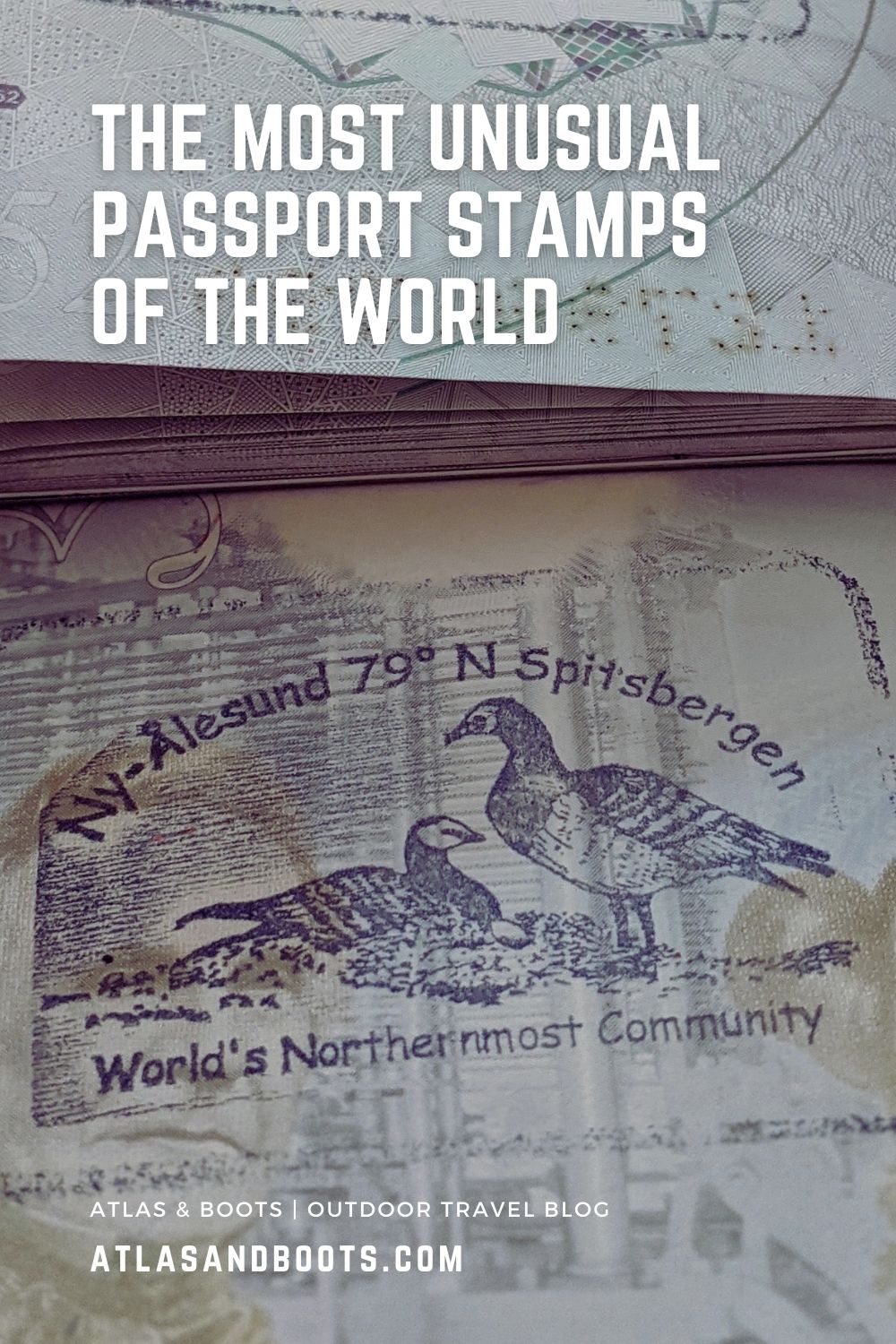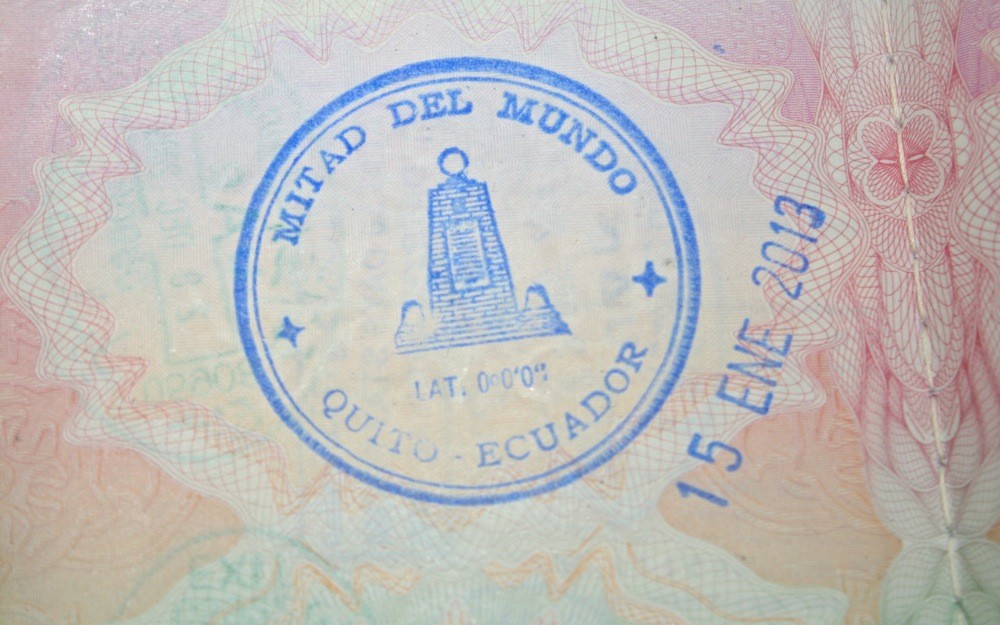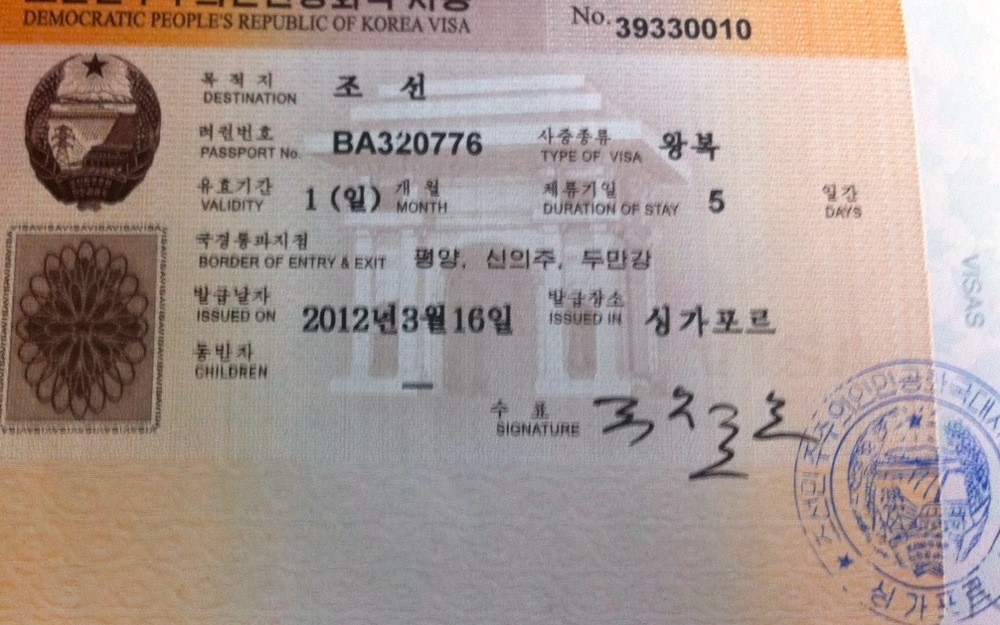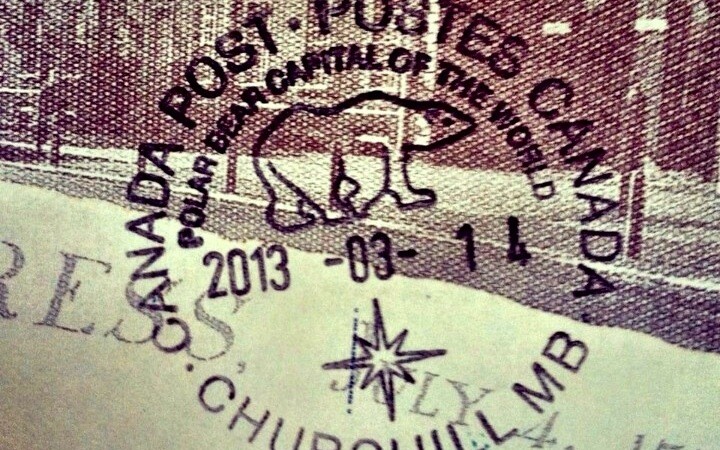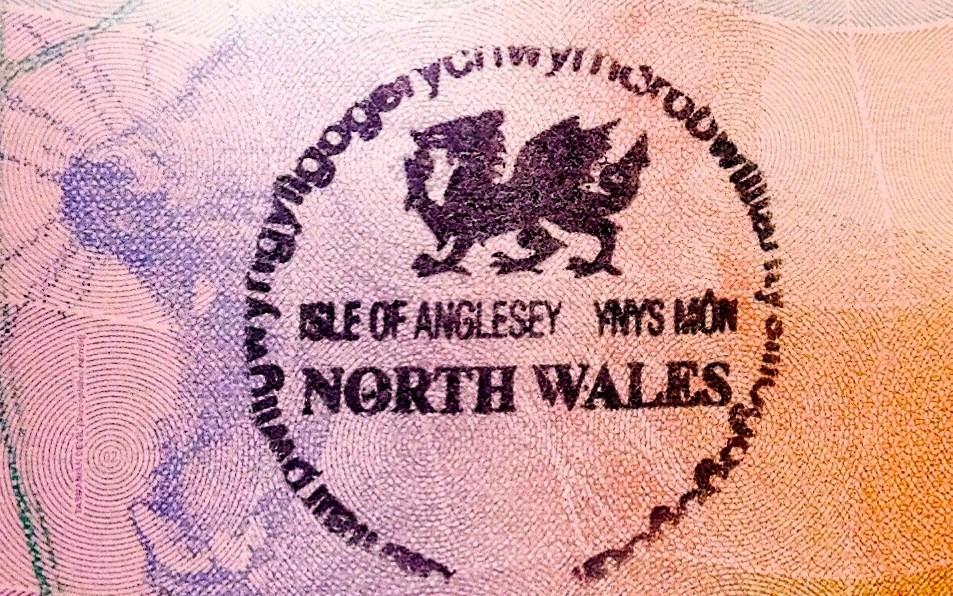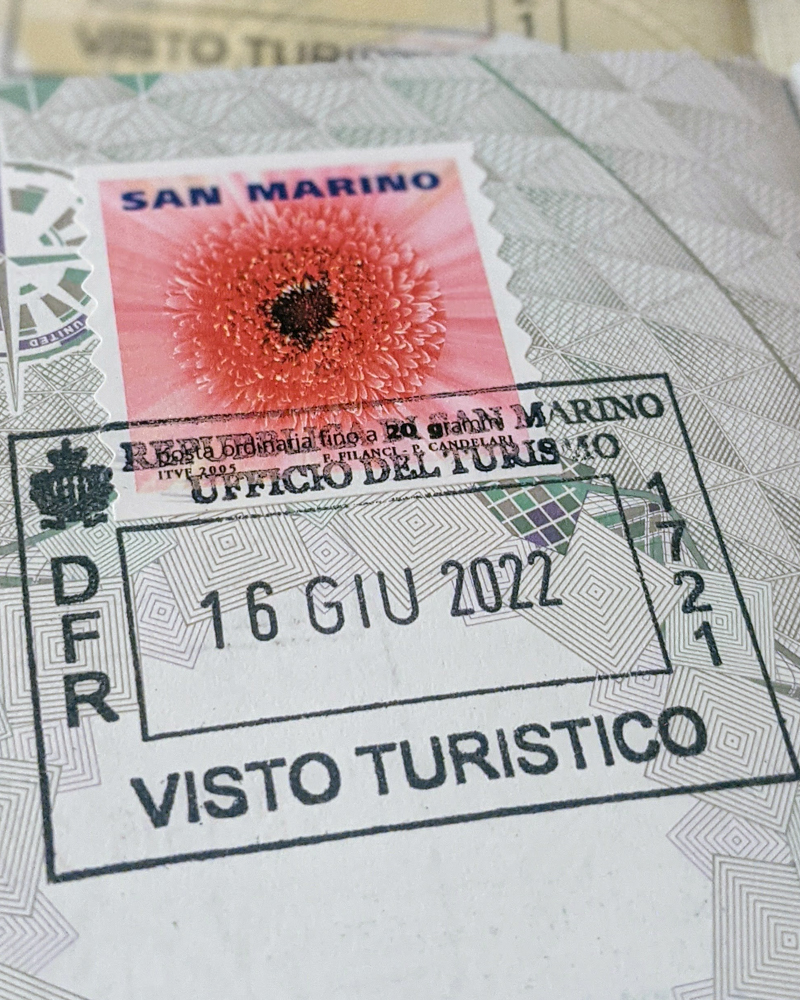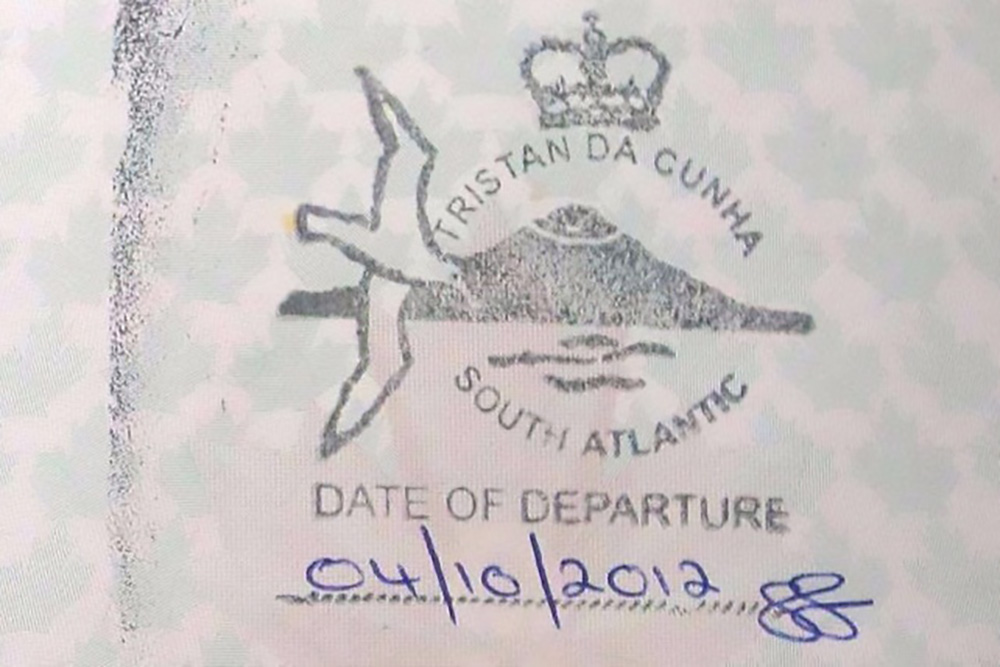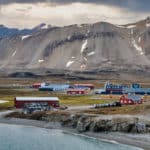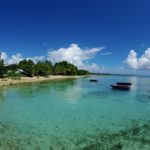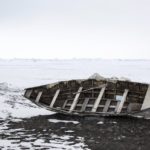Some unusual passport stamps to collect on your travels, from breakaway republics to the northernmost and southernmost post offices
It may be unfashionable but I’m a bit of a box-ticker when it comes to travel. I’m working my way through the seven summits, the highest mountain on every continent (four down, three to go); I have a list of the countries I’ve visited (94 and counting!); and I keep track of memorable places such as the highest, lowest and driest spots I’ve visited.
I’m also rather proud of my passports (past and present) that have filled up with the various stamps I’ve collected. The standard entry and exit stamps from most countries are fairly mundane.
Unusual passport stamps of the world
However, beyond the typical destinations are some unusual (and brag-worthy) passport stamps to collect on your travels including microstates, geographical landmarks, inaccessible lands and a range of historical sights. As such, we’ve compiled a list of unusual passport stamps for you to collect on your travels.
1. Checkpoint Charlie, Berlin, Germany
Symbolic of the Cold War and a divided Europe, Checkpoint Charlie in Berlin was the best-known border crossing between East and West Berlin throughout its 28-year active life.
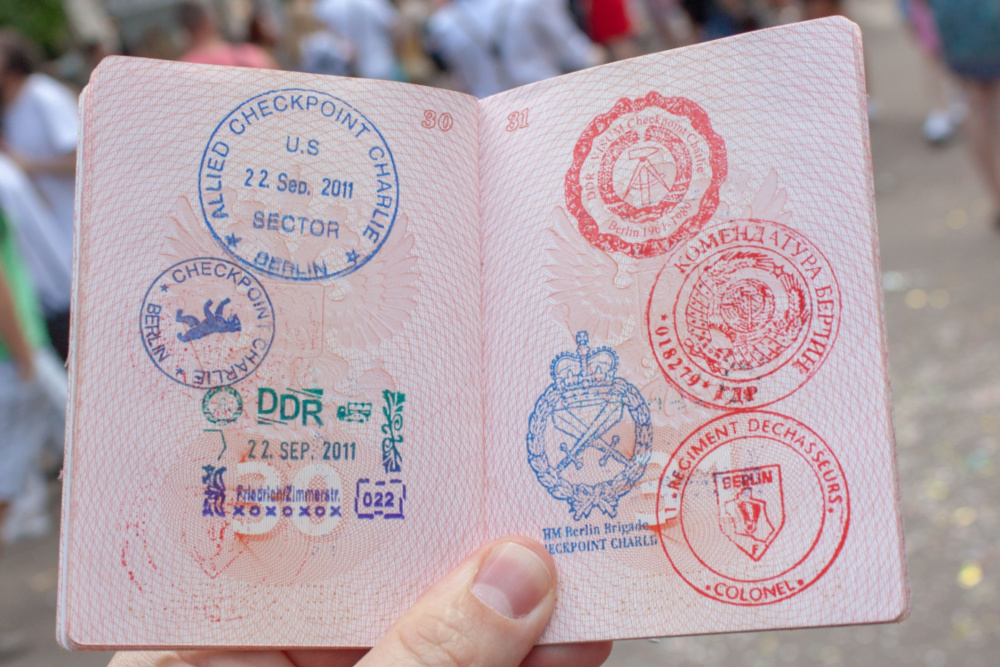
The checkpoint has not been in use since the official reunification of Germany in October 1990. Tourists today can visit the Haus am Checkpoint Charlie museum and have a range of unofficial passport stamps to choose from at a cost between €1 and €3.
2. Ciudad Mitad del Mundo, Quito, Ecuador
From the end to the middle of the world, the South American continent has quite a few claims to fame. Located 26km north of Quito is Ciudad Mitad del Mundo (Middle of the World City), where the equator passes through Ecuador.
There is some confusion about exactly where the equator lies. Apparently, the equator is actually where the Ethnographic Museum Monument is located, about 240 meters north of the marked line and pyramidal monument at the official site. Both sites have the means to stamp your passport – the cost is included in the entrance fees.
3. North Korea
Only around 1,500 Western tourists visit North Korea every year, making it one of the least-visited countries in the world. Moreover, it is the political and social opposition to entering such a closed-off and undemocratic country that makes this crossing such a prize for travellers.
Tourists must join a pre-planned tour with two North Korean guides. The guides have to be specially appointed by the country’s Ministry of Tourism and it can take around six to eight weeks to organise. Passport stamps are issued upon entry.
4. The polar bear capital of the world, Churchill, Canada
The small town of Churchill in northern Manitoba is on the west shore of Hudson Bay. Every autumn, its large population of polar bears move toward the shore from inland, inspiring the name ‘Polar Bear Capital of the World’.
The polar bears spearhead the region’s growing ecotourism industry where tourists can visit a polar bear jail in which bears that persistently loiter in or close to town are held pending release back into the wild in winter. In Churchill’s post office, you can have your passport unofficially stamped with a polar bear.
5. Machu Picchu, Peru
Most tourists to Peru will want to visit Machu Picchu, one of the new seven wonders of the world. In the 15th century, the Incan Emperor Pachacútec built a city in the clouds on the mountain known as Machu Picchu (old mountain).
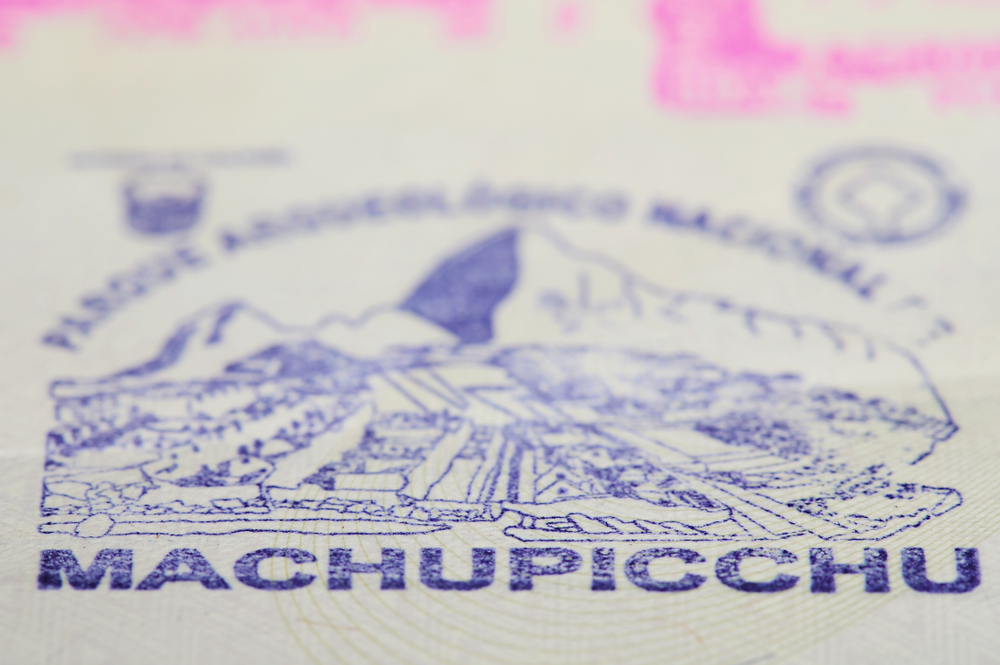
As you enter the UNESCO World Heritage Site via the world-famous Inca Trail there is an opportunity to get your passport stamped (included in the park entrance fee). If you miss this opportunity or don’t fancy the trek, there is also a small office just inside the entrance to the actual Inca ruins where you can also get your stamp.
6. Llanfairpwllgwyngyll-gogerychwyrndrobwll-llantysilio-gogogoch, Wales, UK
This large village in Wales with 58 characters has the longest place name in Europe and the second longest official one-word place name in the world.
The small shop next to the train station is one of Llanfairpwll’s (short name) main tourist attractions and can stamp your passport with the full Llanfairpwllgwyngyllgogerychwyrndrobwllllantysiliogogogoch name. (We had to hyphenate the title to fit it onto the page!) You can also buy a novelty train ticket featuring the platform name, also record-breaking in length.
7. Port Lockroy, Antarctica
Not the easiest place in the world to access and for good reason: it is Earth’s southernmost continent and contains the South Pole. Most tourists visit from either Chilean or Argentine Tierra del Fuego, but some make the epic journey from New Zealand or South Africa.
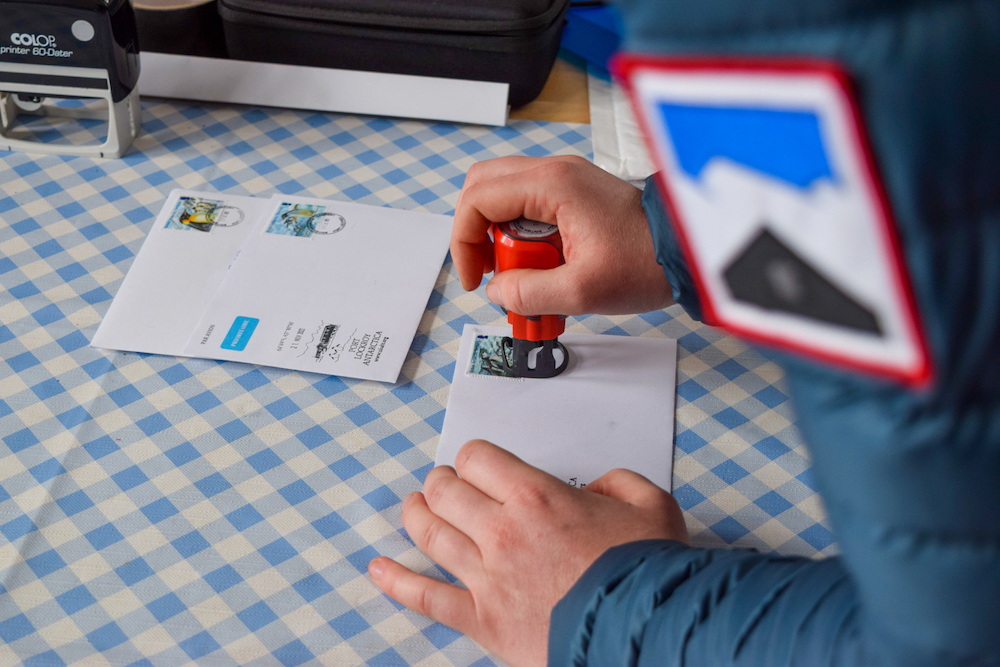
Antarctica is managed by more than 50 nations via the Antarctic Treaty System, so there are no official passport stamps. However, tour operators can arrange to visit scientific stations where visitors can get souvenir stamps. One of the most popular stops for visiting cruise ships is the world’s southernmost post office at the historic British base of Port Lockroy on the Antarctic Peninsula.
8. Ny-Alesund, Svalbard
From one extreme to the other, Ny-Ålesund on the island of Spitsbergen in Svalbard, Norway, is the world’s northernmost permanent settlement. While there are research stations further north in Canada, Russia and Greenland, these are either unoccupied for part of the year, or occupied by revolving teams of researchers. Ny-Ålesund, in comparison, has a permanent population: 35 year-round and 114 in the summer.
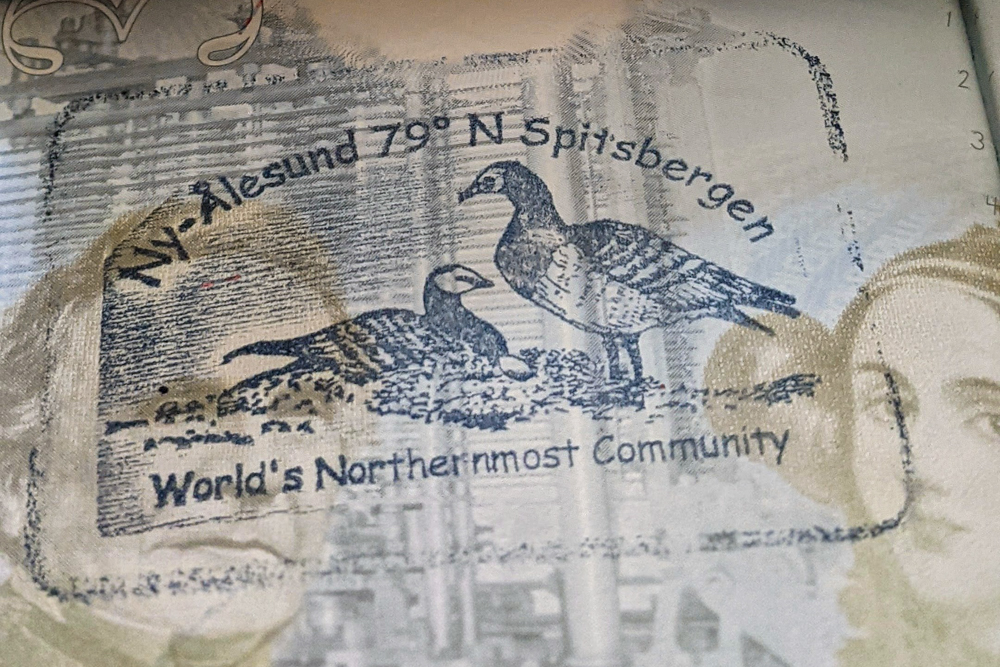
It’s also home to the world’s northernmost post office, a fading cyan building straight out of a Wes Anderson movie. This post office is no longer active, so those hoping to send a postcard must take a short trip to the nearby shop and use the postbox there.
9. El Fin del Mundo, Ushuaia, Argentina
It’s not called the end of the world for nothing. We have visited the southernmost part of Argentina twice now. Ushuaia is not quite the southernmost population on the continent (that would be Puerto Williams on the Chilean side of Tierra del Fuego) but it is the most dramatic.
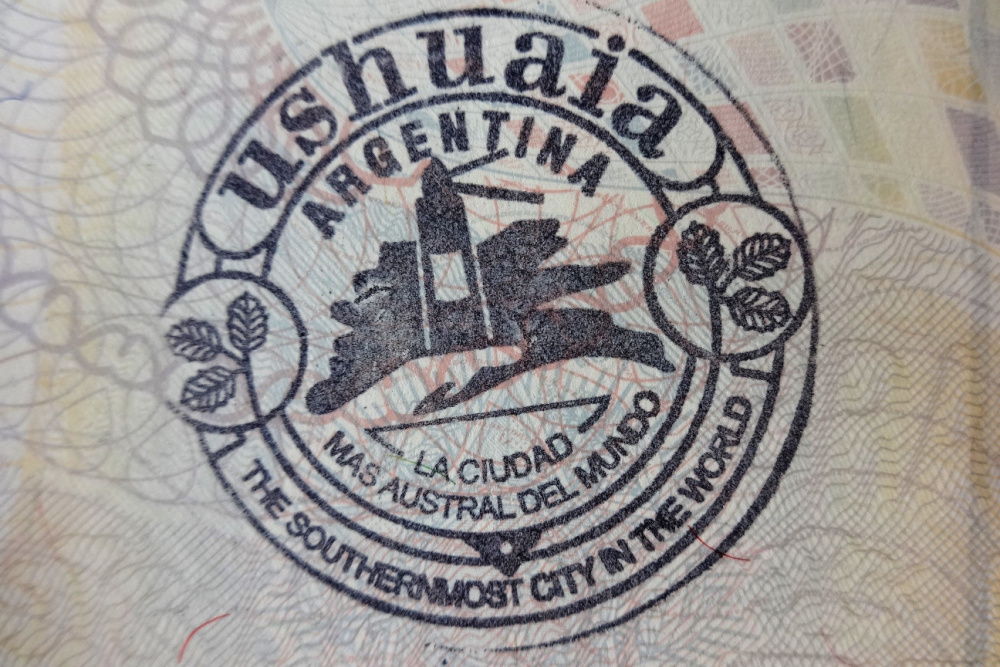
The windswept town has a picturesque setting between the Martial Mountains and the choppy seas of the Beagle Channel. Visit the tourist information centre on the waterfront to choose between several passport stamps.
10. Republic of San Marino
We visited San Marino last year during an extended European rail trip and couldn’t resist grabbing a passport stamp. Apart from the Vatican (where you can’t get your passport stamped), San Marino is Europe’s smallest state and the fifth smallest in the world. The Republic of San Marino is an enclaved microstate just over 60km2 in size.
Surrounded by Italy on all sides and with a population of 34,000, San Marino claims to be the oldest surviving sovereign state and constitutional republic in the world. Citizens of the EU will need to pay €5 to get their passport stamped at the tourist information office. Visitors from outside the EU will automatically get a stamp on entry.
11. Greenland
An autonomous country within Denmark, Greenland is geographically part of North America but politically part of Europe, although not part of the EU. Greenland is described as a country within the Kingdom of Denmark, despite it being 50 times the size of the “motherland”.
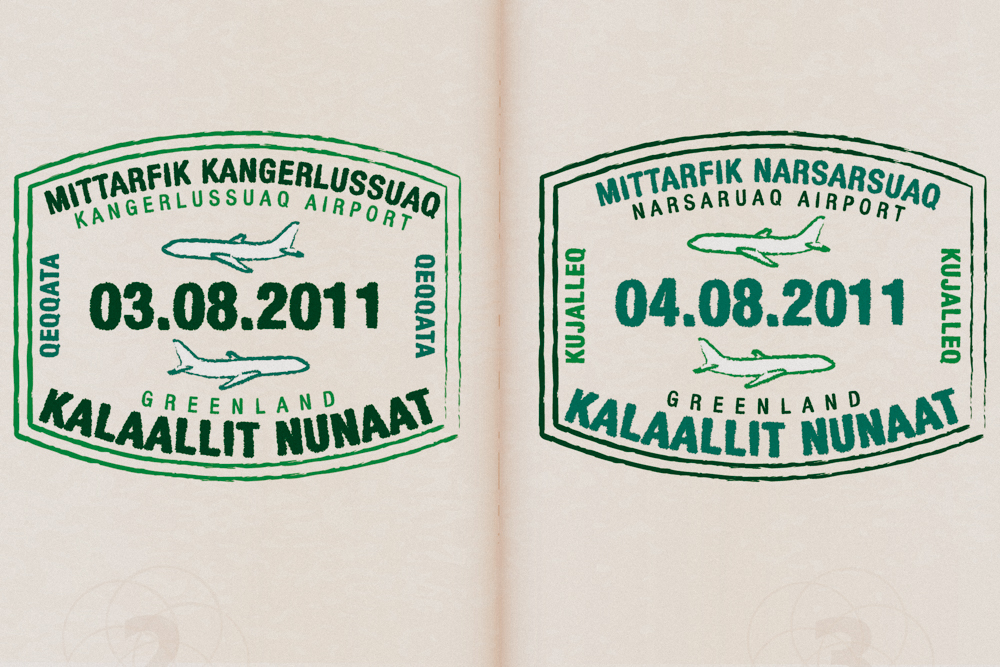
Its somewhat idiosyncratic political and geographic status is what makes this passport stamp unusual – not to mention the isolation, pristine glaciers and bracing clean air.
12. Tristan da Cunha, South Atlantic Ocean
Tristan da Cunha in the South Atlantic Ocean is 2,434 km (1,512 miles) from Saint Helena, 2,816 km (1,750 miles) from South Africa, and 3,360 km (2,090 miles) from South America. With a population of approximately 270, the main island of Tristan da Cunha is also the remotest inhabited island in the world.
It has no airport, so all travel must be by boat, making it the most remote inhabited place by transport time as well. Boat travel to the nearest scheduled airport in South Africa takes five days. On arrival, visitors have to get a landing stamp, one of the world’s hardest passport stamps to get. If you make it here, you’re either very dedicated or very lost.
13. Principality of Liechtenstein
The Principality of Liechtenstein is a landlocked country in Central Europe bordering Austria and Switzerland. Home to just 39,000 people, Liechtenstein is the world’s sixth-smallest sovereign state by area.
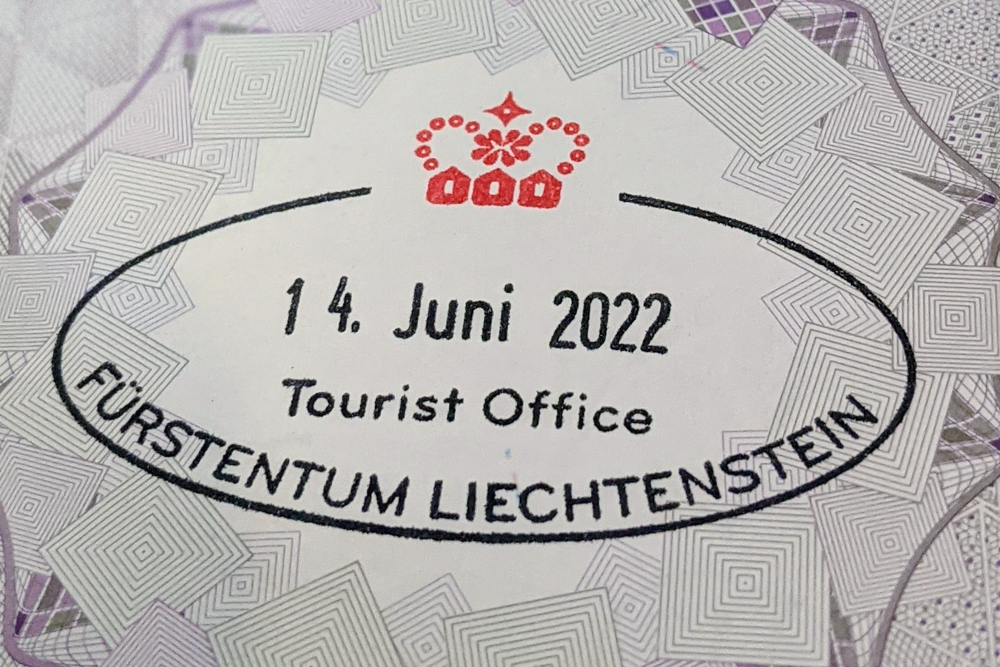
Not only is the tiny state landlocked but it’s also one of just two doubly landlocked countries in the world (Uzbekistan being the second) being surrounded only by landlocked countries and requires the crossing of at least two national borders to reach a coastline.
14. Easter Island, Chile
Easter Island is a long way from anywhere. In fact, it is one of the most remote communities in the world. Its closest inhabited neighbour is Pitcairn, 2,000km (1,200mi) to the west while the nearest continental land lies in Chile at a distance of 3,700km (2,300mi).
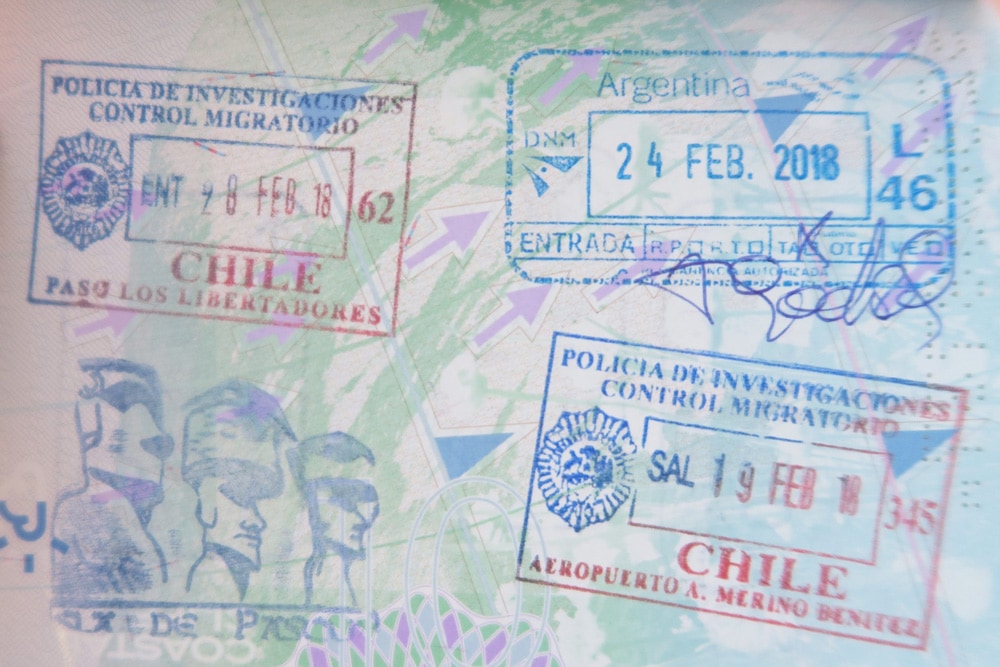
Additionally, Motu Nui, an islet just south of Easter Island, is one of the closest landmasses to the oceanic pole of inaccessibility – one of the hardest-to-reach places on the planet. In short, it’s not a short hop. Therefore, if you make it out here, make sure to get your passport stamped at the Rapa Nui post office.
15. Pitcairn Islands, UK
The British really don’t know what to do with this island of unruly residents. With a population of just 47, it is the world’s least populous national jurisdiction. This secluded island group should be known for its fantastic history of mutiny or the fact that it was one of the first territories to give women the vote (in 1838 some 80 years before the rest of the UK). Unfortunately, this was all overshadowed by a shocking child-sex scandal.
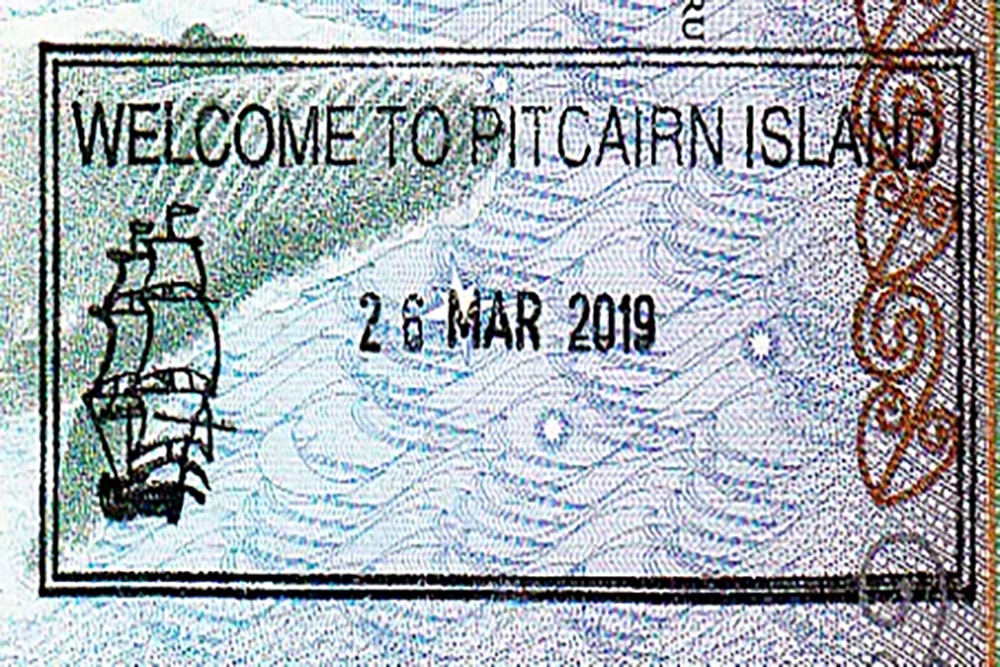
The islands are one of the most remote places on Earth. There is no airport so supply vessels and the occasional cruise ship are the islands’ only connection to the outside world. As such, its passport stamp, which features the iconic HMS Bounty, is among the rarest on the planet.
16. Republic of Užupis, Vilnius, Lithuania
The self-declared breakaway Republic of Užupis in the Lithuanian capital of Vilnius is one of the smallest republics in the world, covering less than 1 sq km. The republic celebrates its independence on 1 April – known locally as Užupis Day – or April Fools Day.
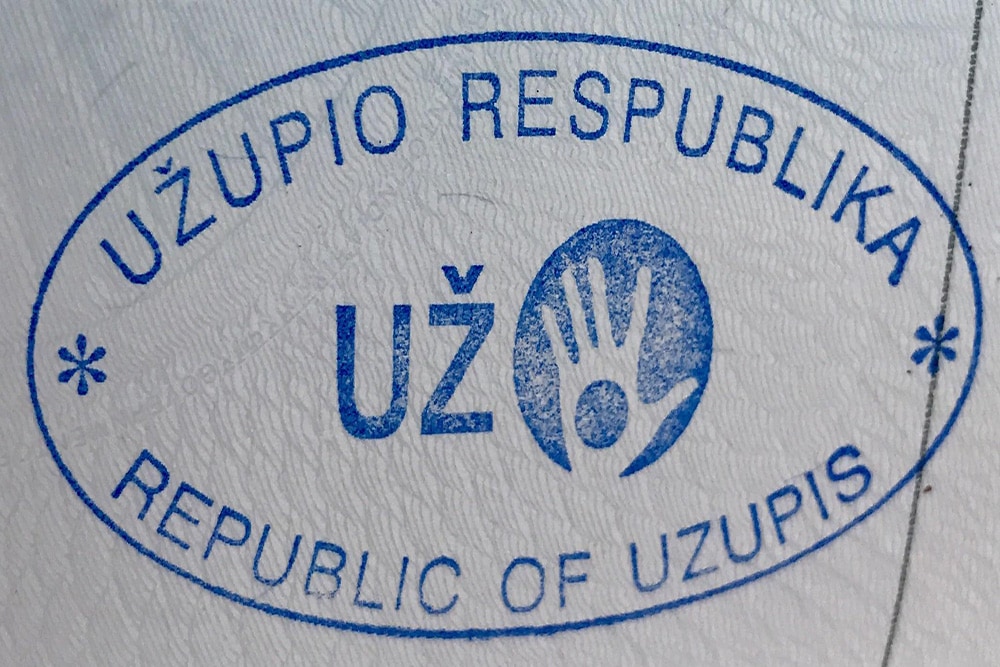
While it’s not officially recognised by any state, it does have its own flag, currency, president, government, constitution and crucially, its own passport stamp. Visitors can get them stamped as they cross the “border” into the republic which is located on the unguarded bridge.
Enjoyed this post? pin it for later…
